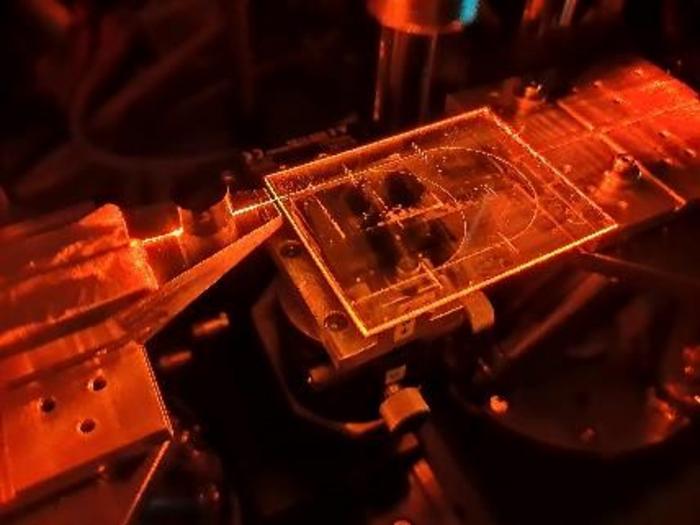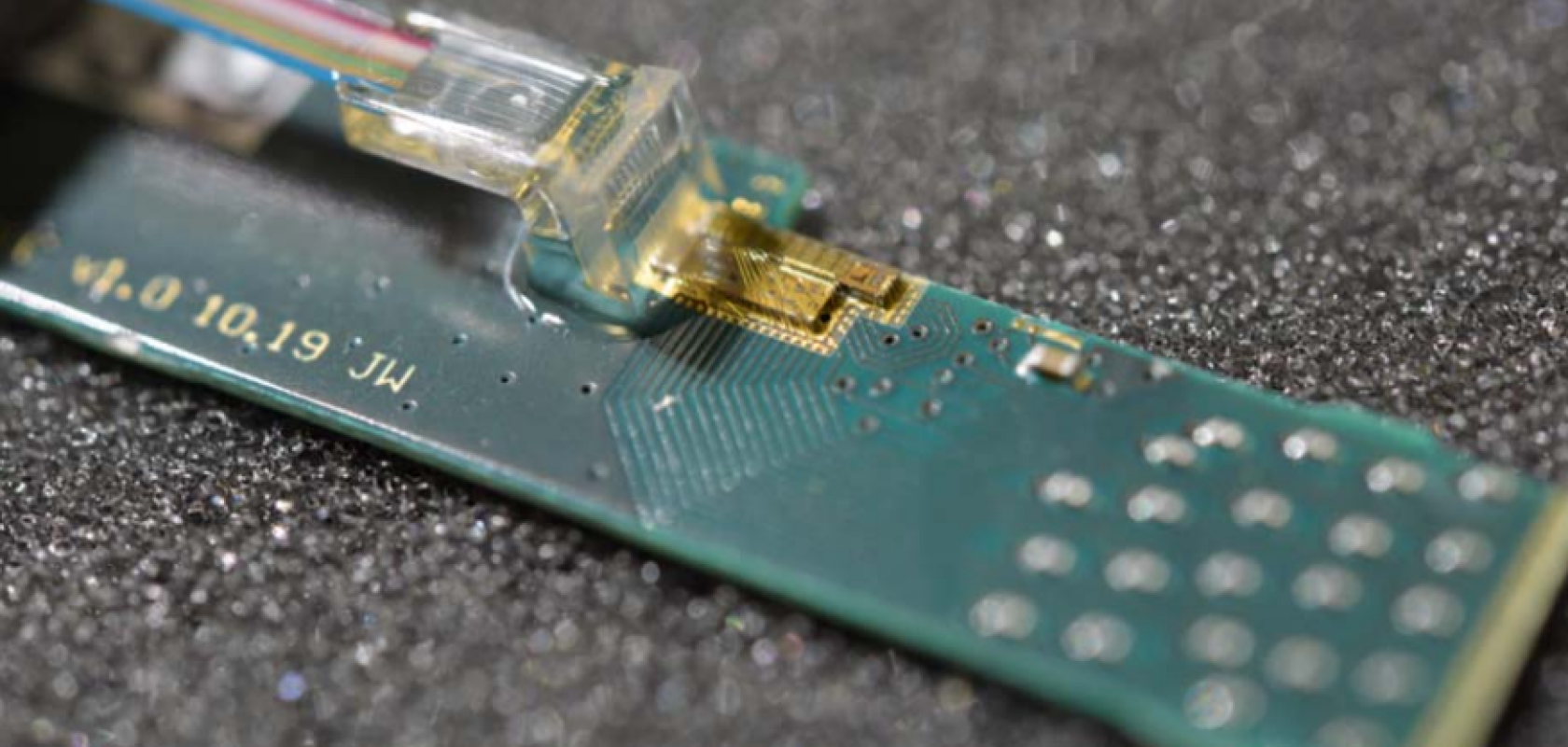Researchers from the University of Geneva have developed a system that can transmit secure data at ‘unprecedented speeds’ using the power of quantum.
Based on a method called quantum key distribution (QKD), which harnesses the quantum properties of light to generate random keys for encrypting and decrypting data, the new system can transmit secure keys faster than before, the researchers say.
QKD is more secure than typical communication methods thanks to the laws of quantum physics. If the encoded photons being transmitted are tampered with, their state will change and be detected by the endpoint, which will generate a new random key.
“Although QKD can provide security for sensitive applications such as banking, health and defence, it is not yet a widespread technology,” said Rebecka Sax from the University of Geneva in Switzerland, a member of the research team. “A key goal for QKD technology is the ability to simply integrate it into a real-world communications network. An important and necessary step toward this goal is the use of integrated photonics, which allows optical systems to be manufactured using the same semiconductor technology used to make silicon computer chips.”
The new QKD system, detailed in a Photonics Research paper, consists of components that are all integrated onto chips, except the laser and detectors. This, the researchers say, means it is compact, low-cost, and easy to mass produce.

The silica-based QKD receiver consists of a photonic integrated circuit and two external single-photon detectors. (Image: Simone Atzeni, CNR-IFN)
QKD systems use a transmitter to send the encoded photons and a receiver to detect them. To develop this system, the team partnered with Sicoya and ID Quantique to create a silicon photonics transmitter that combines a photonic integrated circuit with an external diode laser. The QKD receiver – made of silica – consisted of a photonic integrated circuit and two external single-photon detectors, and was crafted via femtosecond laser micromachining by Roberto Osellame’s group at the CNR Institute for Photonics and Nanotechnology in Milan.
“For the transmitter, using an external laser with a photonic and electronic integrated circuit made it possible to accurately produce and encode photons at a record speed of up 2.5GHz,” said Sax. “For the receiver, a low-loss and polarisation-independent photonic integrated circuit and a set of external detectors allowed passive and simple detection of the transmitted photons. Connecting these two components with a standard single-mode fibre enabled high-speed production of secret keys.”
After characterising the integrated transmitter and receiver, the researchers used it to exchange secret keys using different simulated fibre distances, and with a 150km long single-mode fibre and single-photon avalanche photodiodes.
The team also conducted experiments with single-photon superconducting nanowire detectors, achieving a quantum bit error rate of 0.8%. The receiver demonstrated polarisation independence – a challenging feat in integrated photonics – and presented low loss of around 3dB.
“In terms of secret key rate production and quantum bit error rates, these new experiments produced results that are similar to those of previous experiments performed using fibre-based components,” said Sax. “However, the QKD system is much simpler and more practical than the previous experimental setups, thus displaying the feasibility of using this protocol with integrated circuits.”
The researchers are now working to house the system parts in a simple rack enclosure that would allow QKD to be implemented in a network system.


